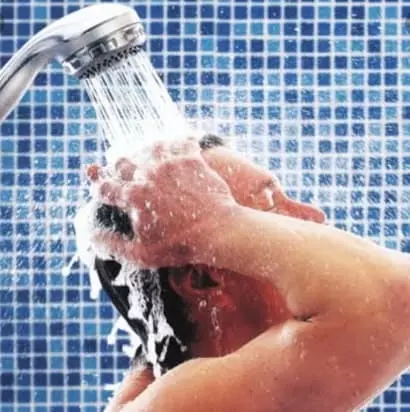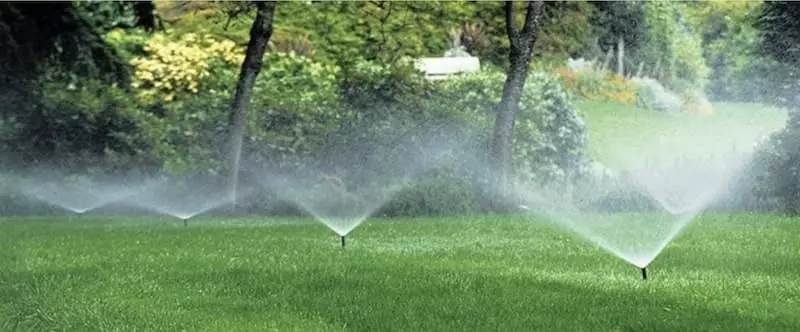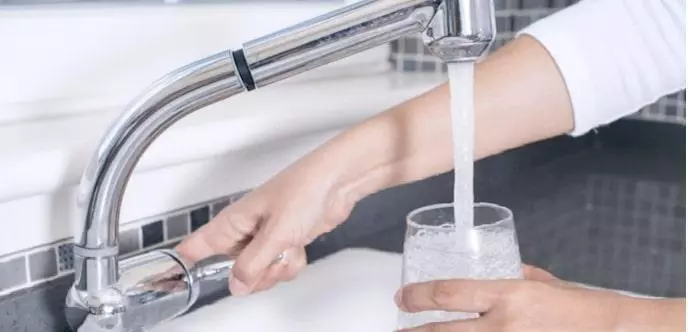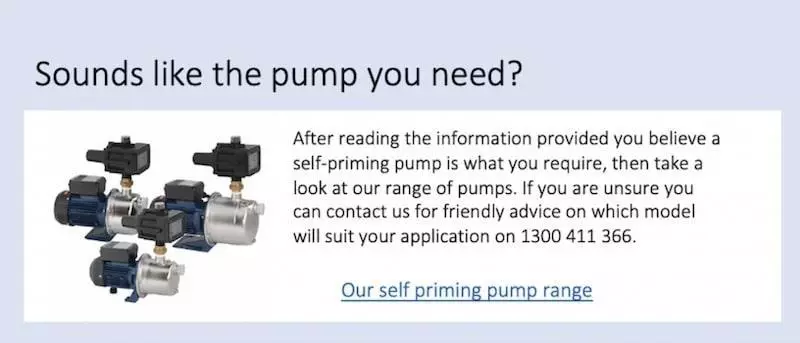Why choose a self priming water pump?
Self Priming Pumps are widely used around the house and garden as there is no need for you to prime the pump to get it up to pressure.
Self Priming Pumps can operate when there is air in the line as well as water. This is invaluable as you don’t need to prime the pump when you need to use it. It is important to note that self priming pressure pumps can’t operate without water.
How do I set up my self priming water pump?
In most situations your self priming pump will be surface mounted drawing water from up to 8 metres without the need for a non-return valve. They are kept outside the liquid source (eg: outside the water tank for domestic use) and housed in a pump house or under a pump cover. Self priming pumps in a household situation are usually driven with electricity.

How does air get into the pipeline of my pump?
Air can typically get into the pressure pump pipeline when:
- The water tank is a reasonable distance from the house
- Your water pump sits higher than your water source and there is a straight pipe from the water source to the pump
- The pipe from your tank supply to your water pump has a lot of bends or elbows
- Loose connections or cracked pipes
How do other pressure pumps work?
Pressure pumps commonly used around the house, garden and farm for water transfer and irrigation are typically multistage pumps or centrifugal pumps which require water in the line to operate. If there is air in the line the pump will need to be primed before use. Note: It is best practice to prime all centrifugal and multistage pumps prior to operation.

How do I know when my self priming pump requires maintenance?
As your self priming pump is normally mounted on the ground surface level there are various signals that indicate maintenance is needed.
Example:
- Leaking pump – replace the seal.
- Audible noise from the pump – bearings may be worn
What applications can I use a self priming water pump for?
Self-priming pumps can handle a variety of fluids and they do well with slurries, corrosive fluids, solids, as well as clean or grey water. Self priming pumps are very popular for many applications including:
- Water supply to your home
- Caravans
- Food vans and coffee carts
- Sewage systems
- Garden and farm Irrigation
- Water Boosting
- Water transfer from creeks, dams, wells and tanks

What advantages are there for choosing a self priming pump?
Some self priming pumps can handle solids so can be used for clear, grey and sewage water. Check out our HVT1100F vortex sump pump.
How do I get water in the line with a new self priming pump?
Your new self priming pump will require priming before it can be used. Self priming pumps do need water in the line to operate. Always read the manufacturers manual with your pump prior to use. In case of fluid evaporation during the initial priming it is wise to re prime a 2nd time prior to first use.
How close to the liquid source should my self priming pump be?
It is best for your pump to be as close to the source of liquid as possible. In most domestic situations the water tank will be within a close distance to the home and the pump will sit beside the tank.
It is recommended the suction pipe length (distance from liquid source to pump) be kept at a minimum (6 – 8 metres) to extend the life of your pump. The shorter this line is, the less chance of air getting into the line which reduces the time the pump needs to self prime before operation.
What size self priming pump do you recommend for my home?
Your choice of pump for your home will depend on the size of your home, whether your home is single or double storey and the number of outlets you have throughout your home and garden.
The PRJ range of Reefe pressure pumps are our most popular choice for your house and garden and with the addition of a foot valve will suction lift and self prime up to 8m. The addition of a water diversion valve added to the system can easily change it from rain water to mains if required. These pumps come with or without pressure controllers to automate your system.


